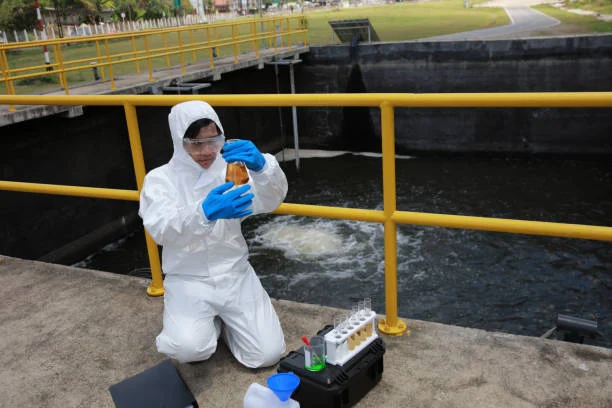
In the gold cyanidation process, the treatment of tailings water is of utmost importance due to the presence of cyanide and other contaminants. These substances, if not properly managed, can pose significant environmental and health risks. This article delves into the various treatment technologies available for gold cyanidation plant tailings water.
Chemical Oxidation Methods
Chlorination
Chlorination is one of the most widely used chemical oxidation methods for treating cyanide - containing tailings water. In this process, chlorine - based compounds such as sodium hypochlorite (NaOCl) or calcium hypochlorite (Ca(OCl)₂) are added to the water. The hypochlorite ions react with cyanide ions (CN⁻) in a two - step process. First, cyanide is oxidized to cyanate (CNO⁻), which is much less toxic than cyanide. The reaction can be represented as follows:
CN⁻ + OCl⁻ → CNO⁻ + Cl⁻
Under appropriate conditions, further oxidation can occur, breaking down cyanate into carbon dioxide (CO₂), nitrogen (N₂), and other harmless by - products. For example, in a study conducted on waste water from the Muteh gold mine in Iran, cyanide was successfully oxidized to cyanate using sodium and calcium hypochlorite. The experimental results showed that at a pH of 12.3 and higher temperatures, cyanide was completely removed from the water containing 270 mg/L of cyanide. Chlorination has the advantage of being relatively simple to implement, with well - established reaction mechanisms. However, it may produce some harmful by - products such as trihalomethanes if the water contains organic matter.
SO₂/Air Oxidation
The SO₂/air oxidation method, also known as the Inco method, was developed by Inco Company in 1982. This method is effective in treating not only free cyanide but also cyanide complexes. In this process, sulfur dioxide (SO₂) and air are introduced into the tailings water. The SO₂ is oxidized to sulfate in the presence of a catalyst (usually copper ions), and the generated reactive oxygen species oxidize the cyanide. The overall reaction can be summarized as:
CN⁻ + SO₂ + O₂ + H₂O → CNO⁻ + SO₄²⁻ + 2H⁺
Subsequently, CNO⁻ can be further decomposed into CO₂ and N₂. For instance, the Shandong Zhaoyuan Gold Smelter in China has applied this method and achieved a cyanide removal rate of up to 99.9%. The SO₂/air oxidation method has the advantage of being able to handle a wide range of cyanide species in the water. It is also relatively cost - effective as SO₂ can be obtained from various sources such as flue gas from smelting operations. However, it requires careful control of reaction conditions, including temperature, pH, and catalyst concentration.
Ozone Oxidation
Ozone (O₃) oxidation is another option for treating tailings water. Ozone is a powerful oxidizing agent that can directly react with cyanide to form cyanate and eventually break it down into non - toxic substances. The reaction mechanism is complex and involves the generation of highly reactive free radicals. Ozone oxidation is suitable for treating medium - to - low - concentration cyanide - containing waste water. In an experiment by Peng Xinping, when the ozone generation rate was 1.5 g/h, the total cyanide removal rate reached 92.3%, and chemical oxygen demand (COD) was also reduced. This method has the advantage of simple operation, complete oxidation, and little risk of secondary pollution. However, the high cost of ozone generation and the relatively low solubility of ozone in water limit its large - scale application.
Biological Treatment Methods
Biological treatment of gold cyanidation plant tailings water involves the use of microorganisms to degrade cyanide. Microorganisms such as certain bacteria and fungi have the ability to use cyanide as a nitrogen or carbon source and convert it into less harmful substances through metabolic processes. For example, some cyanide - degrading bacteria can break down cyanide into ammonia and carbon dioxide. The general reaction can be expressed as:
2CN⁻ + 4H₂O + O₂ → 2NH₃ + 2CO₂
Biological treatment methods are environmentally friendly and can be cost - effective in the long run. They are also suitable for treating low - concentration cyanide - containing waste water. However, they are highly dependent on environmental conditions such as temperature, pH, and the presence of other nutrients. The start - up period of biological treatment systems can be relatively long, and they may be sensitive to toxic substances other than cyanide in the tailings water.
Physical - Chemical Separation Methods
Acidification - Volatilization - Alkaline Absorption
The acidification - volatilization - alkaline absorption method is commonly used for treating high - concentration cyanide - containing tailings water. In this process, the tailings water is first acidified, usually with sulfuric acid (H₂SO₄). Under acidic conditions, cyanide in the form of hydrogen cyanide (HCN) is volatilized. The reaction is as follows:
CN⁻ + H⁺ ⇌ HCN
The volatilized HCN is then absorbed by an alkaline solution, typically sodium hydroxide (NaOH), to form a cyanide - rich solution that can be recycled or further processed. For example, Xinjiang Jinchrome Mining uses this method to treat cyanide - containing lean liquid. After treatment, the lean liquid can be reused in the industry, and sodium cyanide can be recovered, reducing the demand for fresh water and being beneficial to the environment. This method is relatively mature and can effectively recover cyanide, but it requires careful control of the acid - base conditions and proper handling of the volatile HCN to avoid environmental pollution.
Ion Exchange
Ion exchange technology involves the use of ion - exchange resins to remove cyanide and metal ions from tailings water. The resins have functional groups that can selectively exchange with target ions in the water. For example, strong - base anion - exchange resins can adsorb cyanide anions. The ion - exchange process can be represented as:
R - X⁻ + CN⁻ ⇌ R - CN + X⁻
where R represents the resin matrix and X⁻ is the counter - ion on the resin. Ion exchange methods can achieve high - quality water treatment, enabling the treated water to meet strict discharge or recycling standards. They also have the advantage of being able to recover valuable metals along with cyanide. However, the cost of ion - exchange resins and the need for regular regeneration of the resins can be a significant drawback.
Membrane Separation
Membrane separation techniques, such as reverse osmosis (RO) and nanofiltration (NF), can be used to separate cyanide, heavy metals, and other contaminants from tailings water. In reverse osmosis, a semi - permeable membrane allows water molecules to pass through while rejecting solutes under pressure. Nanofiltration membranes can selectively remove divalent and larger monovalent ions. Membrane separation methods offer high separation efficiency and can produce high - quality treated water. They are also relatively compact and can be easily integrated into existing treatment systems. However, membrane fouling is a major issue, which can reduce the membrane's performance and increase the operating cost. Regular membrane cleaning and replacement are often required.
Comparison and Selection of Treatment Technologies
Each treatment technology for gold cyanidation plant tailings water has its own advantages and limitations. Chemical oxidation methods are generally fast - acting and can achieve high removal rates of cyanide. However, they may require the use of large amounts of chemicals and may produce secondary pollutants. Biological treatment methods are environmentally friendly but are more suitable for low - concentration cyanide waste water and are sensitive to environmental changes. Physical - chemical separation methods can effectively recover valuable substances but may have high capital and operating costs.
When selecting a treatment technology, several factors need to be considered. These include the concentration and composition of cyanide and other contaminants in the tailings water, the required treatment level (e.g., for discharge or recycling), the cost - effectiveness of the treatment process, and the availability of resources such as land and energy. In many cases, a combination of different treatment technologies may be the most suitable approach to achieve optimal treatment results.
Conclusion
The treatment of gold cyanidation plant tailings water is crucial for environmental protection and sustainable development in the gold mining industry. With the continuous development of technology, a variety of treatment methods have emerged, each with its own characteristics. As environmental regulations become more stringent, the development and application of more efficient, cost - effective, and environmentally friendly treatment technologies will be the future trend. The integration of multiple treatment technologies and the improvement of resource recovery efficiency will also play an important role in the treatment of gold cyanidation plant tailings water.
- Random article
- Popular articles
- Popular comments
- Gold Mine Gravity Beneficiation Process
- chrome ore processing:Advanced Magnetic Separation Processing Technology
- Chromite Gravity, Magnetic, and Electric Separation Process
- Effective antimony ore gravity separation method
- Complete Manganese Ore Gravity Separation Process
- Efficient purification of manganese ore by magnetic separation process
- Rutile Processing: Gravity, Magnetic, Flotation, Electric Separation



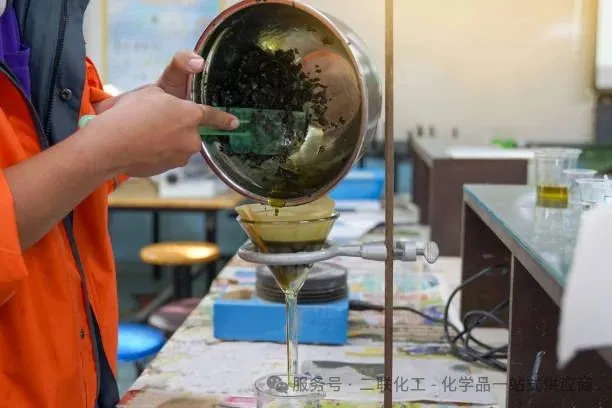

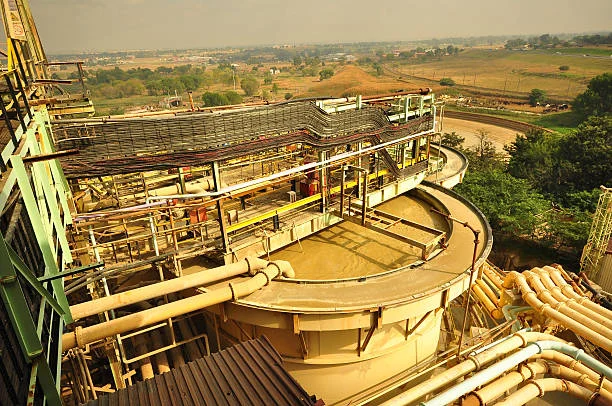
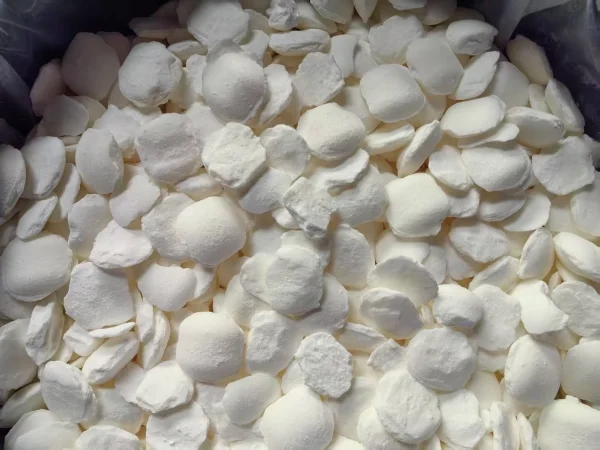
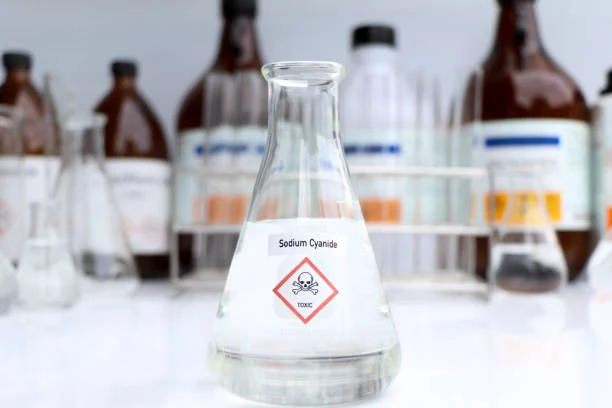
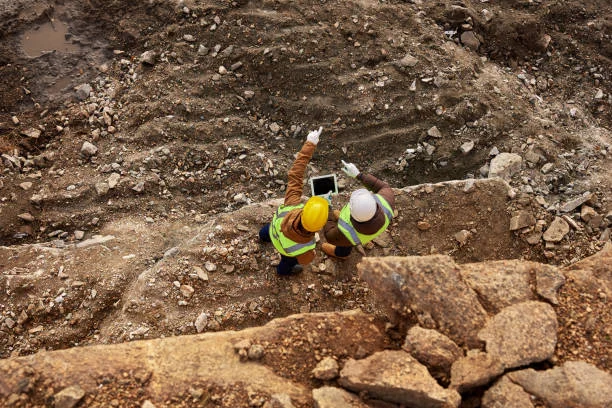
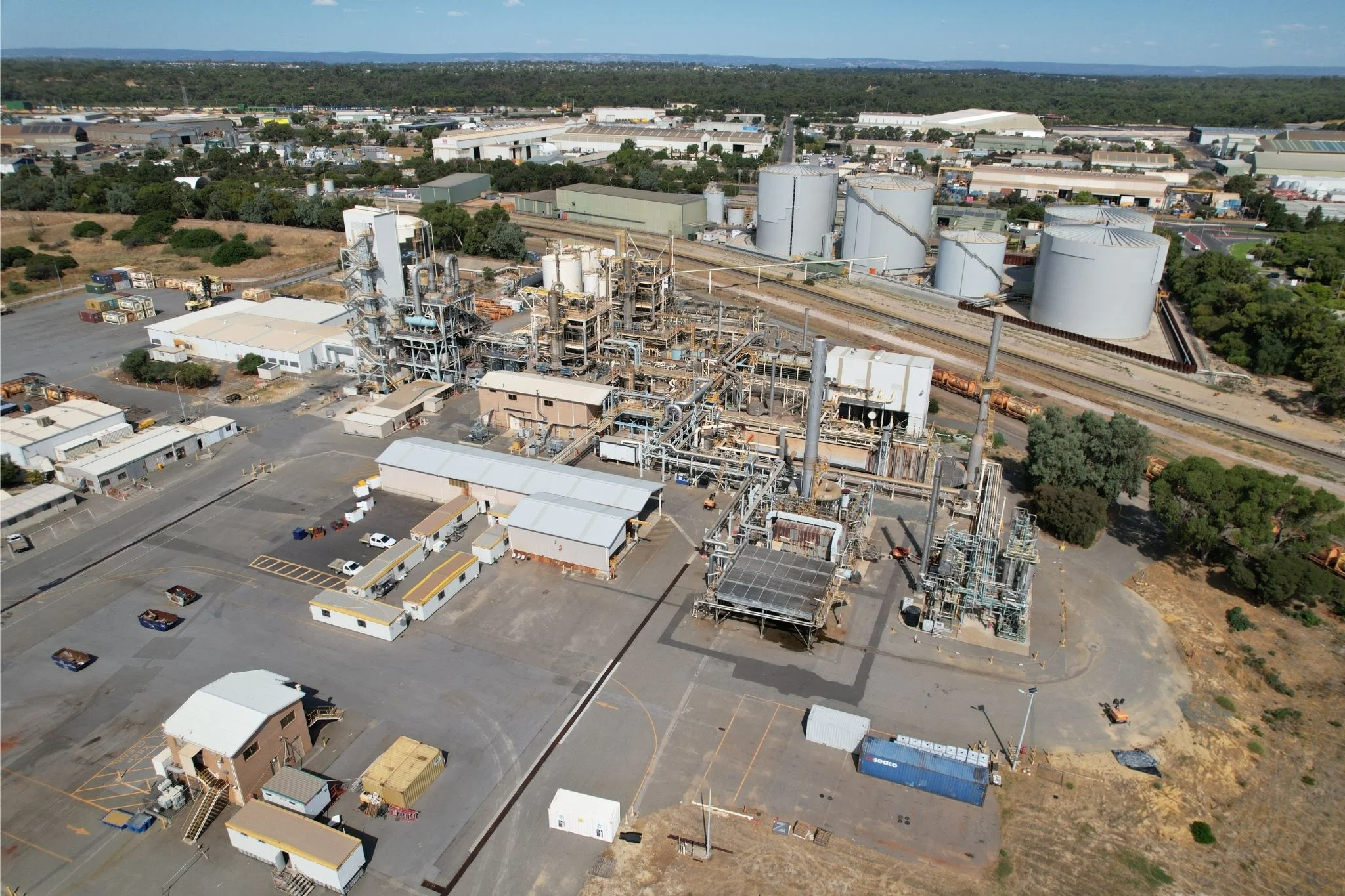
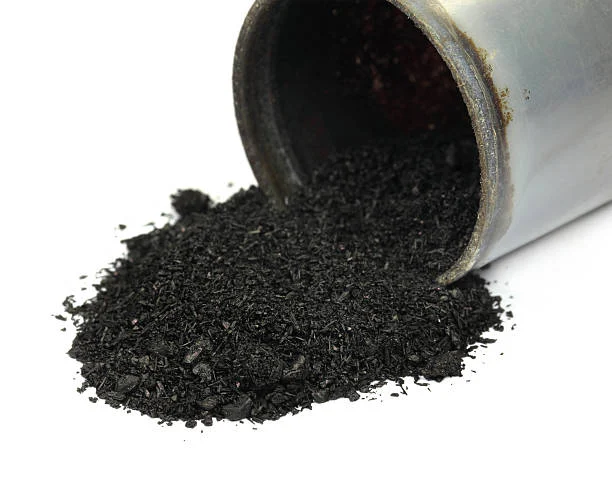
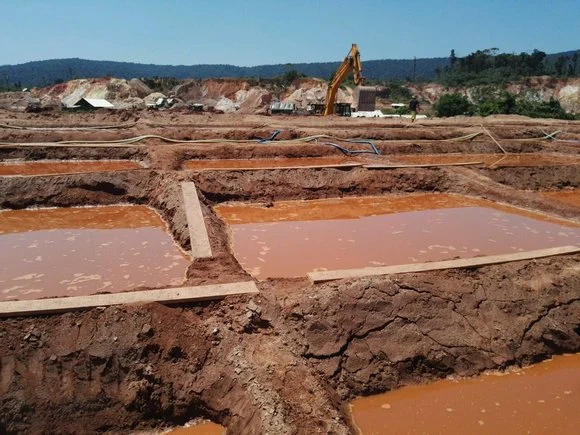
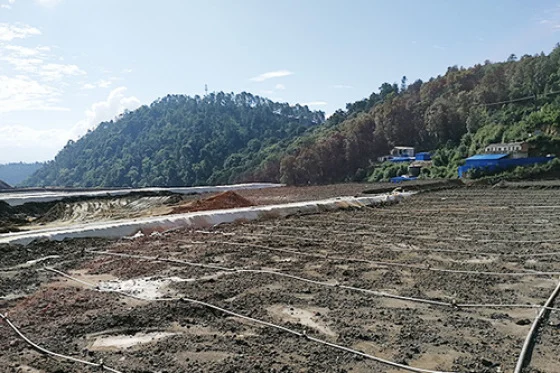
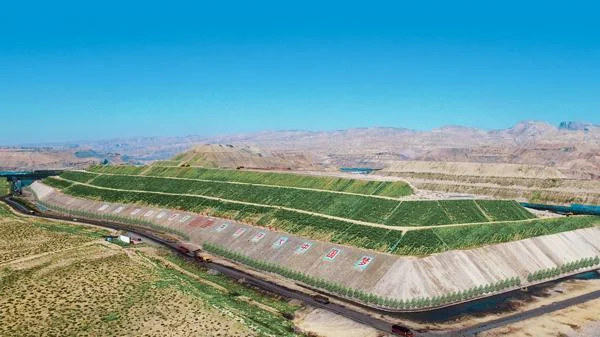

Leave a message with your needs or comments
Add comment: